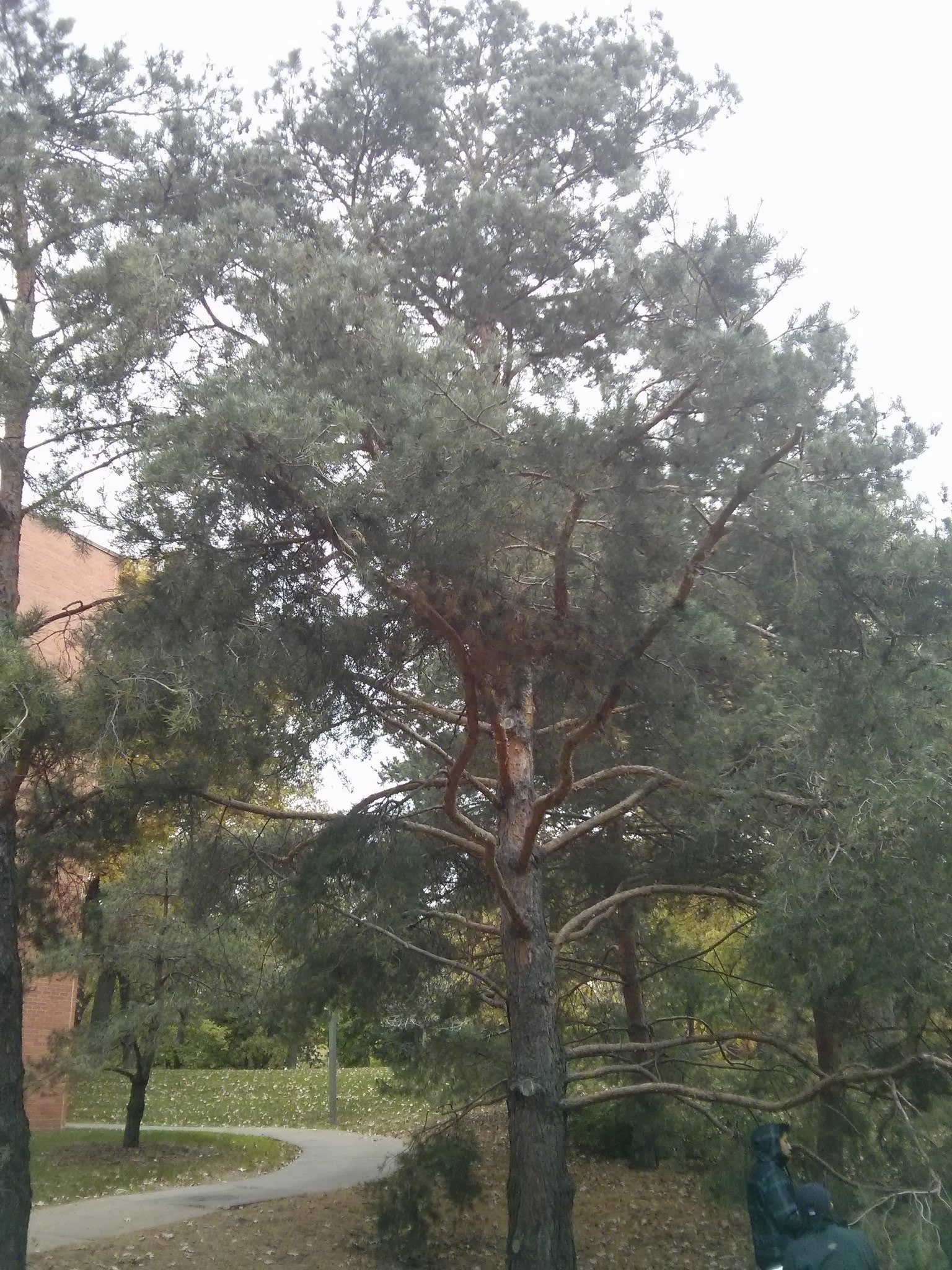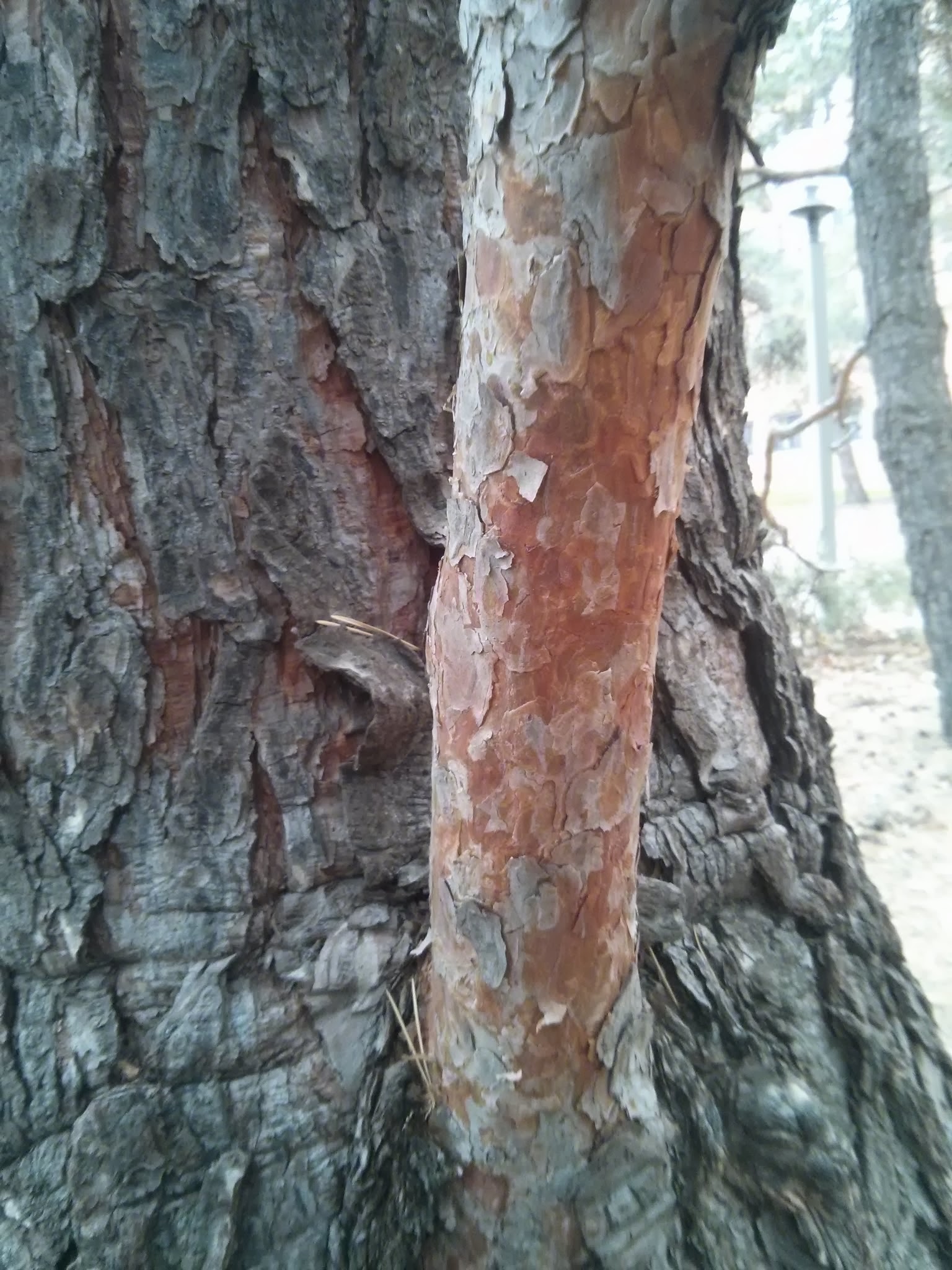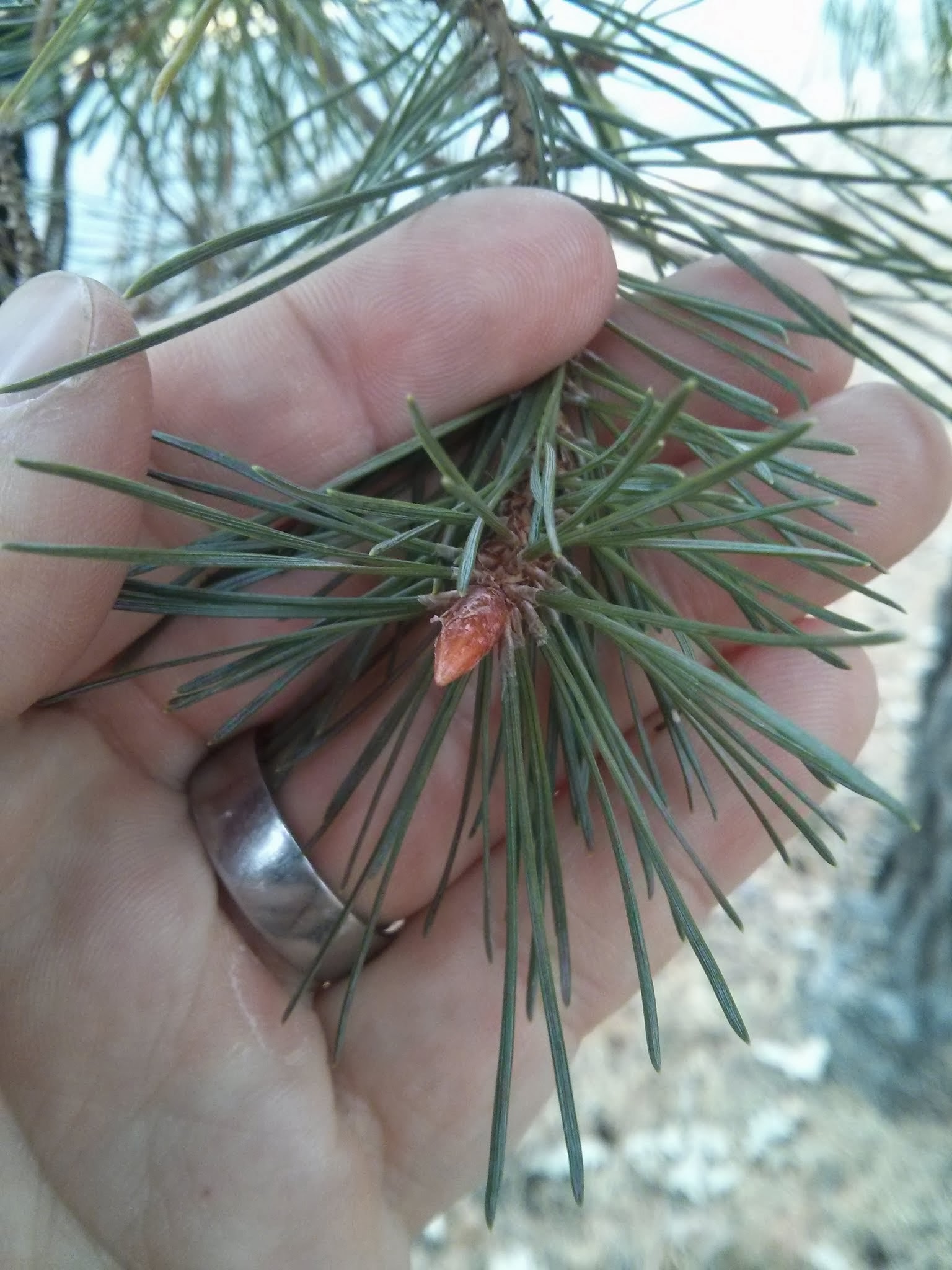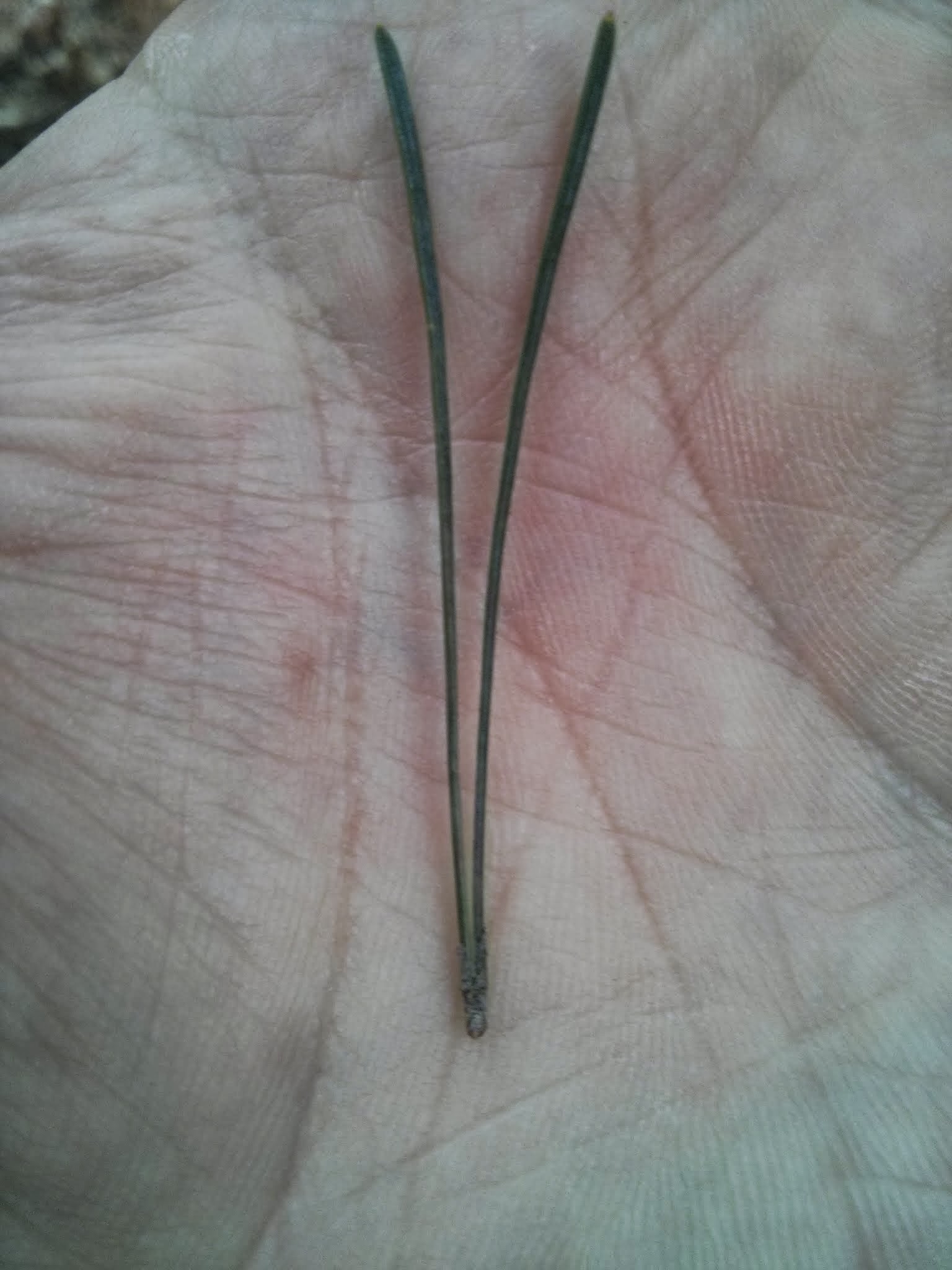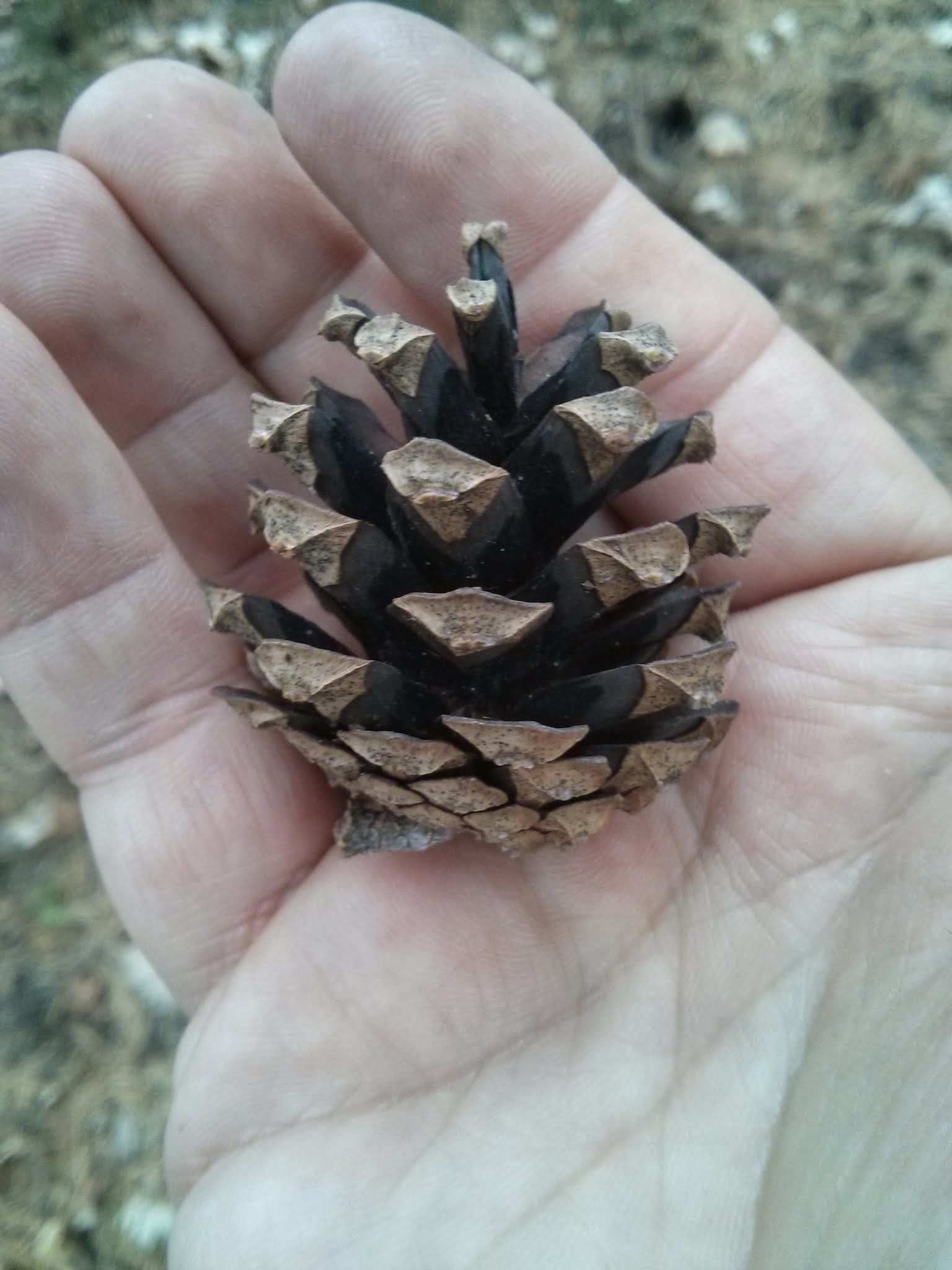Common Name: Scots pine, Scotch pine
Scientific Name:
Family: Pinaceae
Genus: Pinus
Species: sylvestris
Hardiness Zone: 2 to 7
Height: 30 to 60 ft
Width: 30 to 40 ft
Common characteristics:
The scots pine is a medium-sized tree that can reach heights of 30' to 60' tall and 30' to 40' wide. The tree often exhibits an irregular growth habit that tends to lead to multiple leaders or contorted looking branches. Its bark is dark and blocky on the lower trunk. The upper trunk shows a distinct orange-colored bark. Needles are blue-green and 1" to 3" in length and grow in a bundle of 2 needles. Cones are woody, oval to egg-shaped and 1" to 3" long.
Where it grows:
Prefers to grow in acidic, loamy, moist, sandy, well-drained, and dry soils. It has some drought tolerance.
How it’s used:
Most commonly used as a specimen tree in yards or parks, or as a windbreak tree. It is widely used as a Christmas tree because of its excellent form and ability to hold its needles. Often used in reclamation sites. Not highly desired locally due to early trees bending and not growing straight. It has been found that selecting the correct seed stock for the area you intend to plant will lower the chances of stems and trucks bending and encourage straight growth.
Ecosystem services:
Many mammals and birds will use this tree as a habitat and forage for its seeds.
Where it is native to:
Native to Europe and Asia. Can be found locally in the urban landscape.
References:
The Arbor Day Foundation. (Pinus sylvestris) Found Online: https://www.arborday.org/trees/treeguide/TreeDetail.cfm?ItemID=902
The Morton Arboretum. (Trees & Plants) Found Online: https://www.mortonarb.org/trees-plants/tree-plant-descriptions/scots-pine-not-recommended
